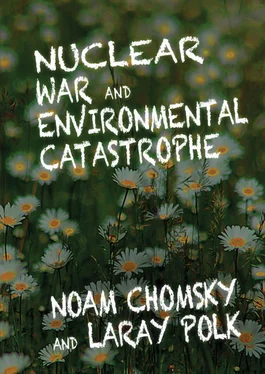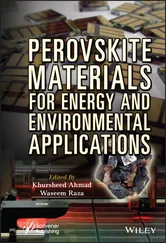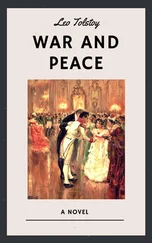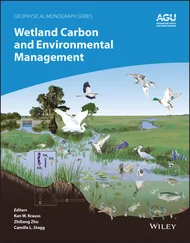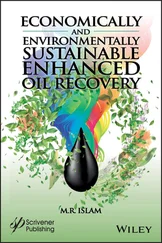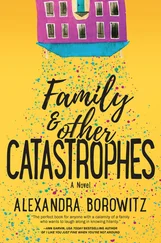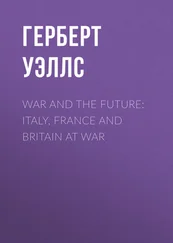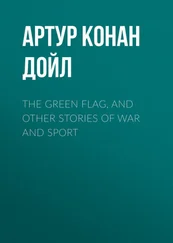Robert F. Barsky, Noam Chomsky: A Life of Dissent (Toronto: ECW Press, 1997), 140.
Nanoscale science and engineering is a rapidly emerging area of federally funded R&D with possible applications in materials, manufacturing, energy, defense, communications, and health care. Funding is administered through the National Nanotechnology Initiative (NNI), and supports fifteen agencies including the DOE, DOD, NSF, and NIH. The agencies comprise an infrastructure of more than ninety major interdisciplinary research and education centers. One of the centers, MIT’s Institute for Soldier Nanotechnologies (ISN), works in partnership with the army and industrial collaborators Raytheon, DuPont, and Partners HealthCare. On ISN and Future Force Warrior, see note 2, chap. 5.
See Chomsky’s deconstruction of Greenspan’s “miracles of the market”—the Internet, computers, information processing, lasers, satellites, and transistors—in Rogue States: The Rules of Force in World Affairs (Cambridge, MA: South End Press, 2000), chap. 13. Nanotechnology is expected to yield the next frontier of market developments, utilizing familiar technology-transfer mechanisms: “Nano is huge, with pervasive benefits for society, the economy, and national security … [it’s] on par with electricity, transistors, the Internet, and antibiotics. How do you know nano is hot? The VC (venture capital) community has embraced it.” Lauren J. Clark, “ISN Director Ned Thomas Speaks on the Promises and Challenges of Nanotechnology,” ISN News , February 2005, 6–7.
Chomsky’s early technical reports bear the imprint of MIT’s Research Laboratory of Electronics. RLE was founded in 1946 as a successor to the Radiation Laboratory (RadLab) developed during wartime. The RadLab produced nearly half of the radar used in World War II; one prototype is on view upon entering the building where Chomsky’s office is located.
See Michael Albert, Remembering Tomorrow: From SDS to Life After Capitalism, A Memoir (New York: Seven Stories Press, 2007).
Vera Kistiakowsky, former MIT professor of physics, has expressed similar views: “Universities should not solicit or encourage funding by mission-oriented sources [e.g., Department of Defense] without a faculty consensus that this is desirable. Individual faculty members should take responsibility for foreseen consequences of their research, including those attached to seeking or accepting support from particular sources. Social responsibility should become important among the criteria of excellence at the universities, a factor in promotion and tenure decisions.” “Military Funding of University Research,” Annals of the American Academy of Political and Social Science 502 (March 1989): 153, doi:10.1177/0002716289502001011.
In 1969 Henry Kissinger said of the inhabitants of the Marshall Islands, “There are only 90,000 people out there. Who gives a damn?” Quoted in Jane Dibblin, Day of Two Suns: U.S. Nuclear Testing and the Pacific Islanders (New York: New Amsterdam Books, 1990). On contemporary life of the Marshallese, see André Vltchek, “From the Kwajalein Missile Range to Fiji: The Military, Money and Misery in Paradise,” Asia-Pacific Journal (October 2007).
“The principle victims of British policies are Unpeople—those whose lives are deemed worthless, expendable in the pursuit of power and commercial gain. They are the modern equivalent of the ‘savages’ of colonial days, who could be mown down by British guns in virtual secrecy, or else in circumstances where the perpetrators were hailed as the upholders of civilisation.” Mark Curtis, Unpeople: Britain’s Secret Human Rights Abuses (London: Vintage, 2004), 2. See also George Orwell’s use of the term “unperson” in 1984 .
When Dr. Helen Caldicott was asked whether she thought this description was apt, she responded, “I would describe it as nuclear war without the blast, the effects of which will be endless.” E-mail correspondence, February 16, 2012.
A joint project between the National Institute of Environmental Health Sciences (NIEHS) and Vietnam to study possible links between Agent Orange and health and environmental degradation never got off the ground. The study “was expected to provide evidence for a class action suit on behalf of millions of Vietnamese plaintiffs against US manufacturers of Agent Orange.” Declan Butler, “US Abandons Health Study on Agent Orange,” Nature 434 (April 2005): 687, doi:10.1038/434687a. On outcome of suit, see note 12, this chapter.
Fred A. Wilcox, Scorched Earth: Legacies of Chemical Warfare in Vietnam (New York: Seven Stories Press, 2011); Waiting for an Army to Die: The Tragedy of Agent Orange , 2nd ed. (New York: Seven Stories Press, 2011).
Samira Alaani, Muhammed Tafash, Christopher Busby, Malak Hamdan, and Eleonore Blaurock-Busch, “Uranium and Other Contaminants in Hair from the Parents of Children with Congenital Anomalies in Fallujah, Iraq,” Conflict and Health 5 (September 2011): 1–15, doi:10.1186/1752-1505-5-15.
Patrick Cockburn, “Toxic Legacy of US Assault on Fallujah ‘Worse than Hiroshima,’” Independent (London), July 24, 2010; Chris Busby, Malak Hamdan, and Entesar Ariabi, “Cancer, Infant Mortality and Birth Sex-Ratio in Fallujah, Iraq 2005–2009,” International Journal of Environmental Research and Public Health 7 (July 2010): 2828–37, doi:10.3390/ijerph7072828.
See Mads Gilbert and Erik Fosse, Eyes in Gaza (London: Quartet Books, 2010).
The DU penetrator was developed by metallurgist and engineer Paul Loewenstein (ca. 1958). He worked as technical director and vice president of Nuclear Metals, Inc. (NMI) from 1946 to 1999. Prior to becoming a privately owned business, NMI operated on the MIT campus in the Hood Building. In 1943 MIT had been designated a Manhattan Engineering District, producing alloys from 235U and beryllium. In 1958 the operation, including machinery, staff, and licenses for uranium and beryllium, changed to private hands and relocated to Concord, MA. Renee Garrelick, M.I.T. Beginnings: The Legacy of Nuclear Metals, Inc. (Concord, MA: Nuclear Metals, 1995). MIT demolished the Hood Building due to contamination, and in the late 1990s, at the urging of citizens’ groups, the NMI site in Concord was investigated for groundwater contamination. It was eventually placed on the EPA’s National Priorities List; remediation continues into the present with an estimated cost of $63.9 million.
Wilcox, Scorched Earth , 124–31.
Official records claim Pres. Kennedy approved a program “to participate in a selective and carefully controlled joint program of defoliant operations in Viet Nam … proceeding thereafter to food denial only if the most careful basis of resettlement and alternative food supply has been created,” on November 30, 1961. William A. Buckingham Jr., Operation Ranch Hand: The Air Force and Herbicides in Southeast Asia 1961–1971 (Washington, DC: Office of Air Force History, 1982), 21. Other records indicate the decision to destroy crops had been made earlier in the month. On November 11, the NSC authorized the transport of “Aircraft, personnel and chemical defoliants” to Vietnam to “kill Viet Cong food crops.” By November 27, “spraying equipment had been installed on Vietnamese H-34 helicopters” and was “ready for use against food crops.” George McT. Kahin, Intervention: How America Became Involved in Vietnam, 1st ed. (New York: Knopf, 1986), 478. On opposition to crop destruction, see Appendix 3.
Читать дальше
